The best professional workstations for any budget
Modelling, rendering and number-crunching - these meaty machines will do it all
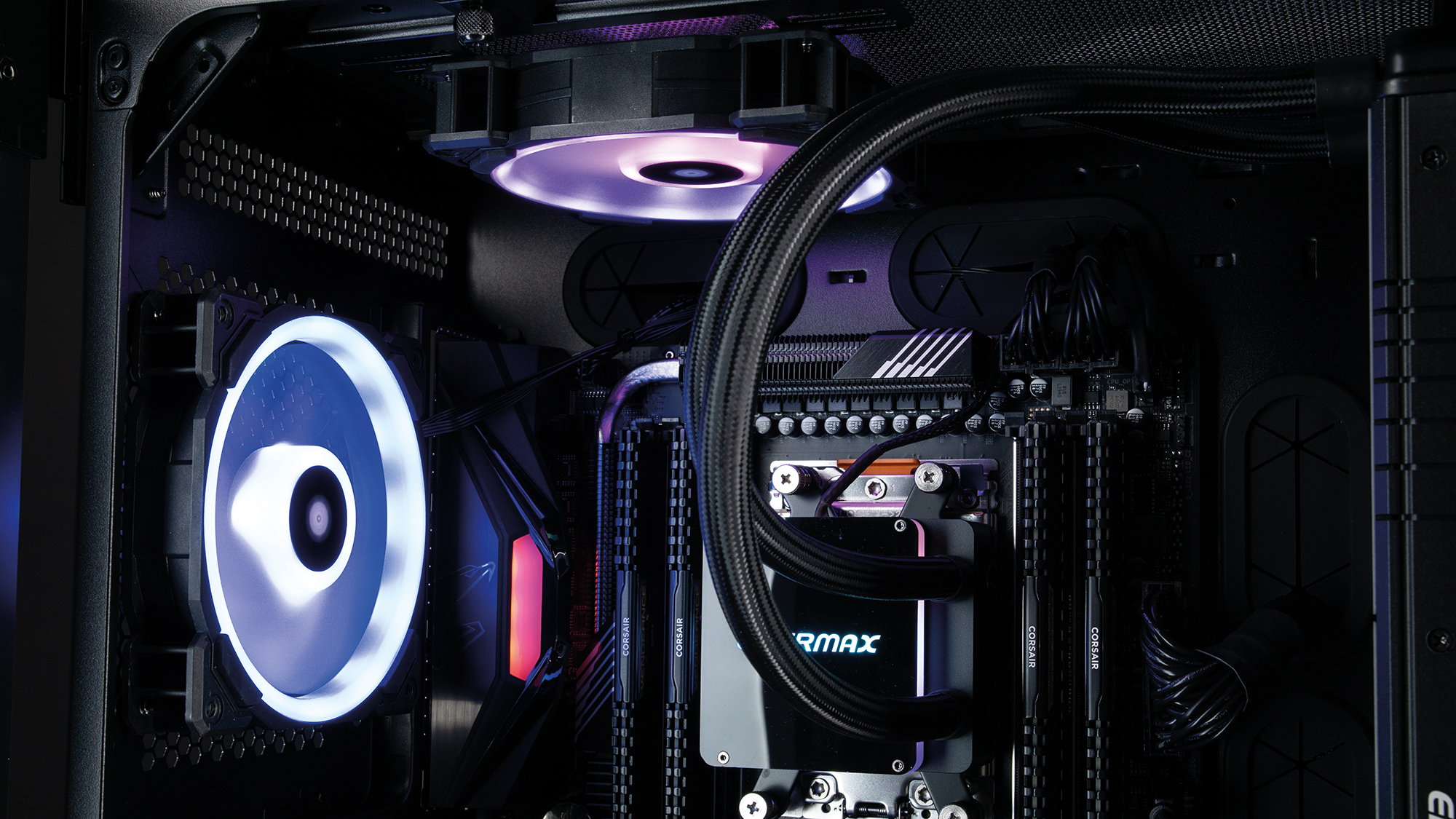

Armari is one of few manufacturers to supply a chassis that it designed itself, rather than taking something high quality off the shelf. This enclosure is intended specifically to get the most out of the 64-core AMD Ryzen Threadripper 3990X and comes with a 420mm radiator, plus a trio of 140mm Corsair fans. However, Armari has chosen to supply our sample with the 32-core AMD Ryzen Threadripper 3970X, rather than the 64-core monster.
This is most likely because the 3970X has a base clock of 3.7GHz, whereas the 3990X starts at 2.9GHz. Although the 3990X’s top Turbo mode is still an impressive 4.3GHz, the chip is more skewed towards dominance with multithreaded tasks than the all-round brilliance of the 3970X, so the latter makes more sense for a general-purpose workstation.
To accompany this CPU, Armari has only included 64GB of 3,600MHz DDR4 SDRAM, supplied as a quartet of 16GB DIMMs. We say “only”, but this should still be enough for virtually any current task, and there are four more slots free if you feel the need to upgrade.
Unlike Scan, Armari hasn’t opted for the all-conquering Nvidia Quadro RTX 6000 for graphics acceleration. Instead, it supplies the less powerful RTX 5000, but this is still a potent card. It sports 3,072 CUDA cores and 16GB of GDDR6 frame buffer, offering 448GB/sec of bandwidth, so it should make light work of every real-time 3D task, from modelling to CAD to scientific visualisation.
Armari supplies two identical 1TB Corsair PM600 M.2 NVMe SSDs. These are PCI Express 4 drives, and Armari has striped them together as RAID0 to further increase performance. You get the full 2TB in this configuration, and sustained throughput is virtually doubled to 8,944MB/sec when reading and 8,407MB/sec when writing.

You don’t get a hard disk for storing larger files, but Armari’s custom design pays dividends for expanding storage. There are four bays that can accommodate 3.5in or 2.5in drives, and you can optionally add four more for 2.5in drives only. The downside is this chassis’ sheer size, measuring more than 500mm deep and high. It’s also extremely heavy. Still, Armari installs helpful carry handles on the top to help move it.
One criticism is the lack of USB-C amongst the ports on the top of the chassis, although this is a removable module so we urge Armari to offer this (note the Type-C header on the ASRock TRX40 Creator motherboard). The board also sports not just 10Gbit Ethernet but 2.5Gbit, too, so you can have two fast LAN connections.
In our own benchmarks, this system was only slightly quicker than Armari’s cheaper 24-core offering, and notably behind Scan’s high-end system and Workstation Specialists’ submission. The overall result of 655 is still phenomenal, though, with excellent scores in every area, and the Magnetar sat top of the pile for purely processor-intensive tasks. The score of 18,388 in Maxon Cinebench R20 is the fastest by some margin, and the Blender Gooseberry CPU render completed in a table-topping 352 seconds. Its IndigoBench CPU scores were the highest, too. This is also the speediest system for Adobe Media Encoder CC 2020 video encoding.
The use of the RTX 5000 instead of the 6000 means that this system isn’t as fast in the SPECviewperf 13 viewsets as Scan’s high-end system. But it is the second fastest in most of them, with the notable exception of snx-03, where the Chillblast and Workstation Specialists high-end systems soared ahead. Still, a result of 452 is highly impressive.
Overall, this system epitomises what the third-generation AMD Ryzen Threadripper has to offer. It’s perfectly at home with modelling but when it comes to rendering out the results it absolutely flies. The custom chassis with its beefy cooling gets the best out of multithreaded tasks, making this a Recommended system for content creators who don’t want to trouble the machine room when it comes to rendering out their work.
Armari Magnetar X64T-G3 FWL specifications
| Processor | 3.7GHz AMD Ryzen Threadripper 3970X |
| Motherboard | ASRock TRX40 Creator |
| Expansion slots | 8 x RAM slots (4 free), 4 x PCIe x16 (3 free), 3 x M.2 (1 free), 8 x SATA 600 (8 free) |
| RAM | 64GB DDR4, 3,600MHz |
| GPU | PNY Quadro RTX 5000, 16GB GDDR6 |
| Outputs | 4 x DisplayPort 1.4, USB-C VirtualLink |
| SSD | Corsair MP600 1TB NVMe M.2 PCI Express 4.0 |
| Secondary drives | Corsair MP600 1TB NVMe M.2 PCI Express 4.0, N/A N/A |
| Optical drives | N/A |
| Dimensions (WDH) | Armari Magnetar X100G3 P01 Pro (220 x 560 x 518mm) |
| PSU make and model (power output) | EVGA SuperNova G3 Gold Modular (1,300W) |
| CPU cooler | Armari AWXG3TF 420mm watercooler |
| Rear ports | 10 Gigabit Ethernet, 2.5 Gigabit Ethernet, 5 x 3.5mm audio jack, optical S/PDIF, 4 x USB 3.2 Gen 1, 2 x USB 3.2 Gen 2 (Type-A), USB 3.2 Gen 2 (Type-C), Wi-Fi, PS/2 mouse/keyboard combo |
| Front/top ports | 3.5mm audio jack, 3.5mm microphone jack, 3 x USB 3 |
| Operating system | Windows 10 Pro 64-bit |
| Warranty (parts & labour unless stated) | 3yr (1yr on-site, 2yr RTB) |
Get the ITPro daily newsletter
Sign up today and you will receive a free copy of our Future Focus 2025 report - the leading guidance on AI, cybersecurity and other IT challenges as per 700+ senior executives
Dr James Morris has worked as a technology journalist for over 25 years, including spending nine years on the staff of market-leading computer magazine PC Pro, the last five of which were as the publication’s editor. He specialises in enterprise-grade software and hardware, with a particular focus on content creation. He launched a pioneering video channel for HEXUS.net in 2006 and ran the video reviews channel for TrustedReviews.com for four years. He also runs a successful online digital content and commercial video production company, t-zero communications Ltd.
Dr Morris is a prolific technology writer and contributes commercial content for major IT brands including AMD, BlackBerry, Dell, Cognizant, HP, and IBM. He published a book on artificial intelligence, Can Computers Create Art? in 2009. He is also an academic, and is currently Pathway Director of the MA, Interactive Journalism at City, University of London.
Previously, he was course leader for the BA in Web Media Production at Ravensbourne University. He has a PhD in Philosophy, Art and Social Thought from the European Graduate School in Switzerland, a Master's in Media Arts from the New School in New York, USA, and a Bachelor's in Social Anthropology from the London School of Economics.
Dr. Morris can be found on Twitter at @Cyberwest, or emailed at j@tzero.co.uk
-
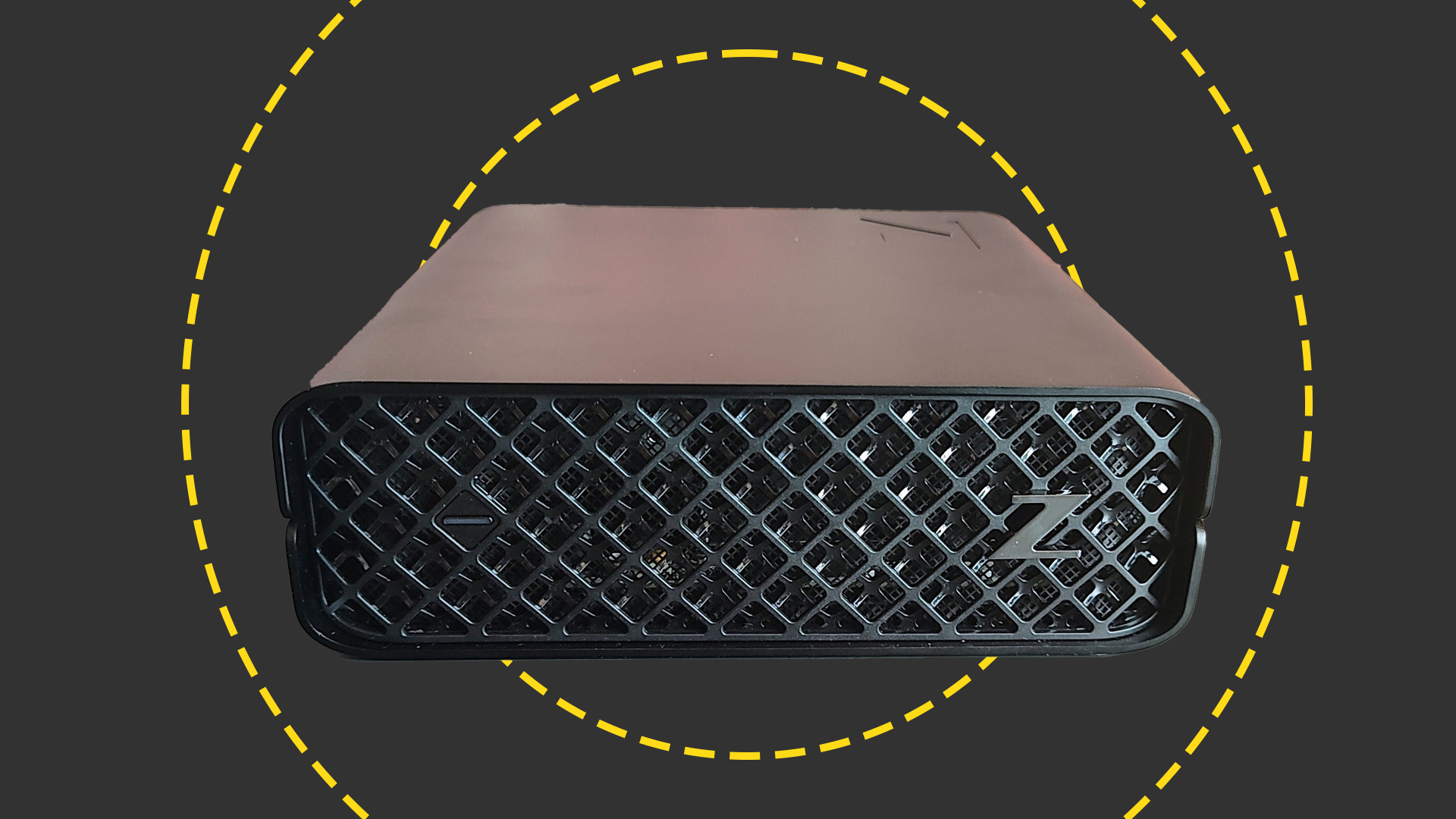 HP Z2 Mini G9 Workstation review: A reasonably potent but very compact workstation
HP Z2 Mini G9 Workstation review: A reasonably potent but very compact workstationReviews A masterclass in fitting a whole pint of PC into a half-pint container
By Alun Taylor
-
Take your workforce to the next level with an HP Workstation
Sponsored If you're looking to boost your enterprise computing power, HP Workstations could be the ideal choice.
By ITPro
-
 Windows admins complain of Dell “bloatware” filling 95% of hard drives
Windows admins complain of Dell “bloatware” filling 95% of hard drivesNews Dell SupportAssist Remediation was blamed for disk allocation issues
By Rory Bathgate
-
 How we test laptops and PCs
How we test laptops and PCsReviews Everything you need to know about our reviews and benchmarking process for computing hardware
By IT Pro
-
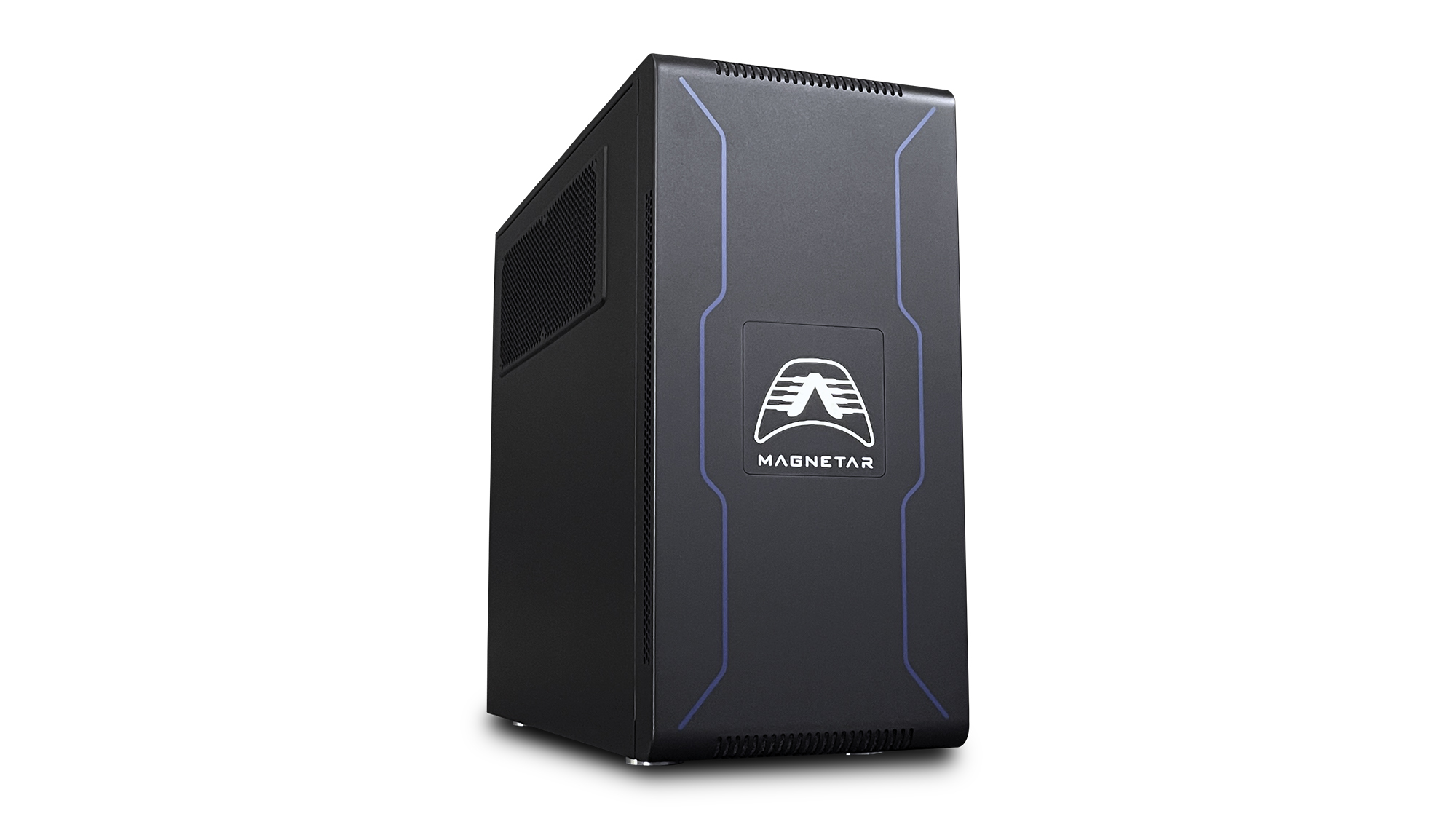
 Armari Magnetar M64TP-RW2000G3 review: Don’t call it a comeback
Armari Magnetar M64TP-RW2000G3 review: Don’t call it a comebackReviews The Threadripper Pro arrives just in time to retain AMD’s crown as king of workstation processors
By James Morris
-
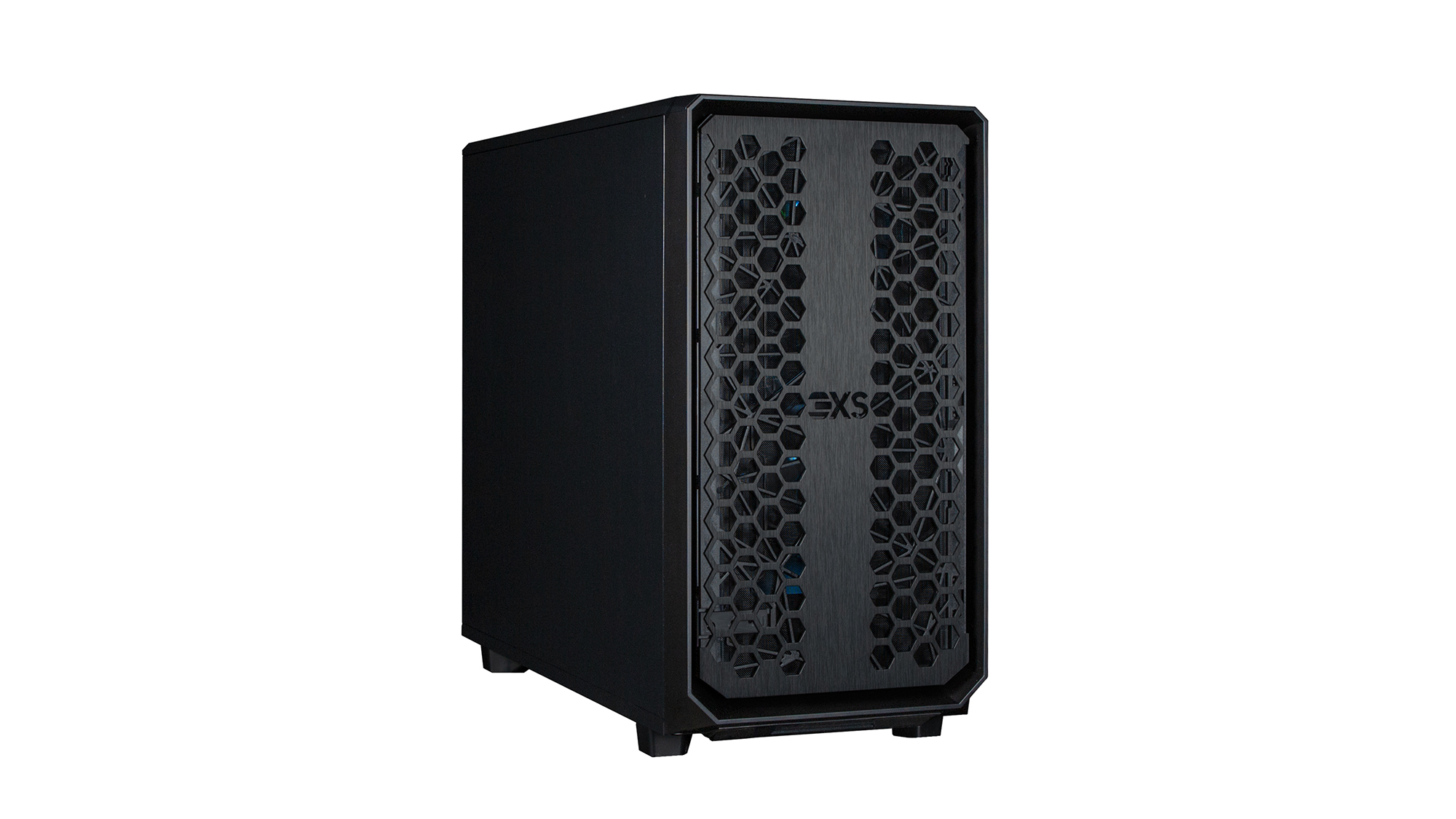
 Scan 3XS GWP-ME A124C review: An Intel-powered workhorse that holds its own
Scan 3XS GWP-ME A124C review: An Intel-powered workhorse that holds its ownReviews A brilliant content-creation showcase for Intel’s 12th-gen Core i9 and Nvidia’s Quadro RTX A4500 graphics
By James Morris
-
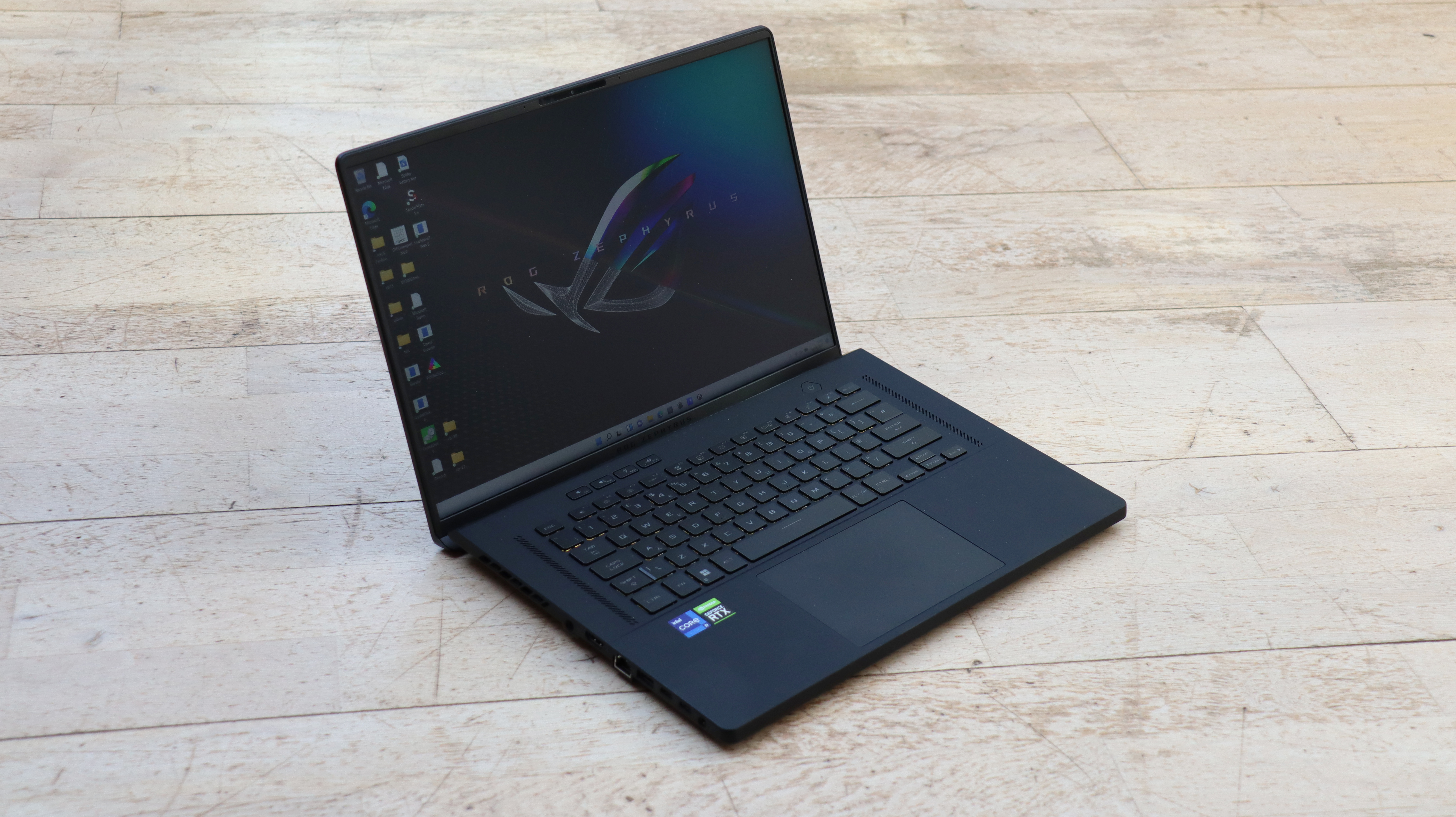
 Asus ROG Zephyrus M16 (2022) GU603Z review: Huge processing power you can carry with you
Asus ROG Zephyrus M16 (2022) GU603Z review: Huge processing power you can carry with youReviews The Zephyrus M16 combines a potent 14-core processor with capable graphics and features in a bag-friendly format
By James Morris
-
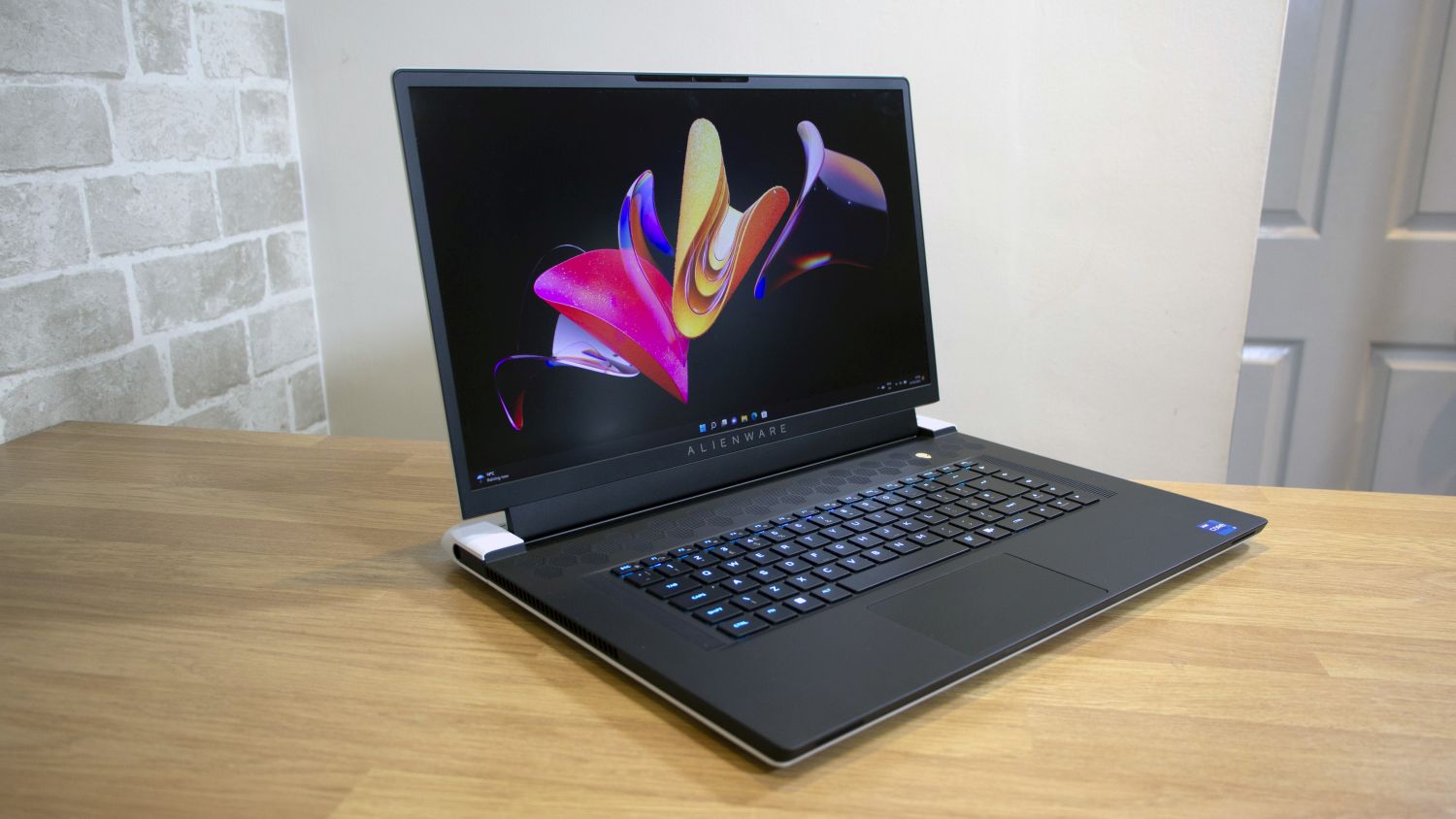
 Alienware x17 R2 review: A frighteningly fast content creation monster
Alienware x17 R2 review: A frighteningly fast content creation monsterReviews Colossal power and a rock-solid exterior make for an expensive portable powerhouse
By Mike Jennings

